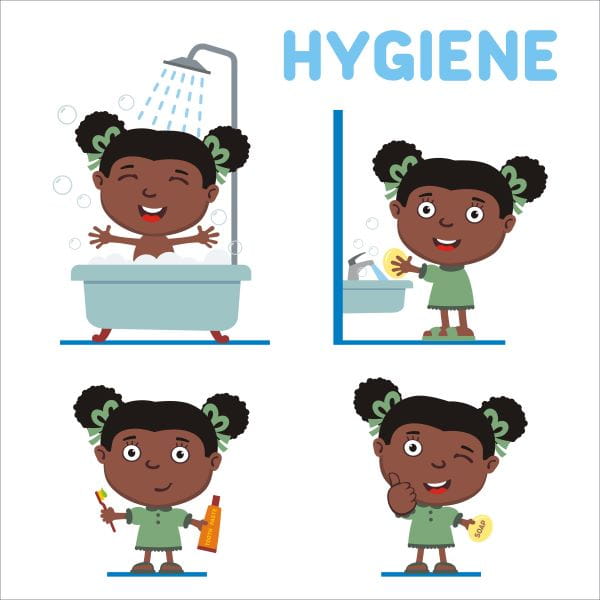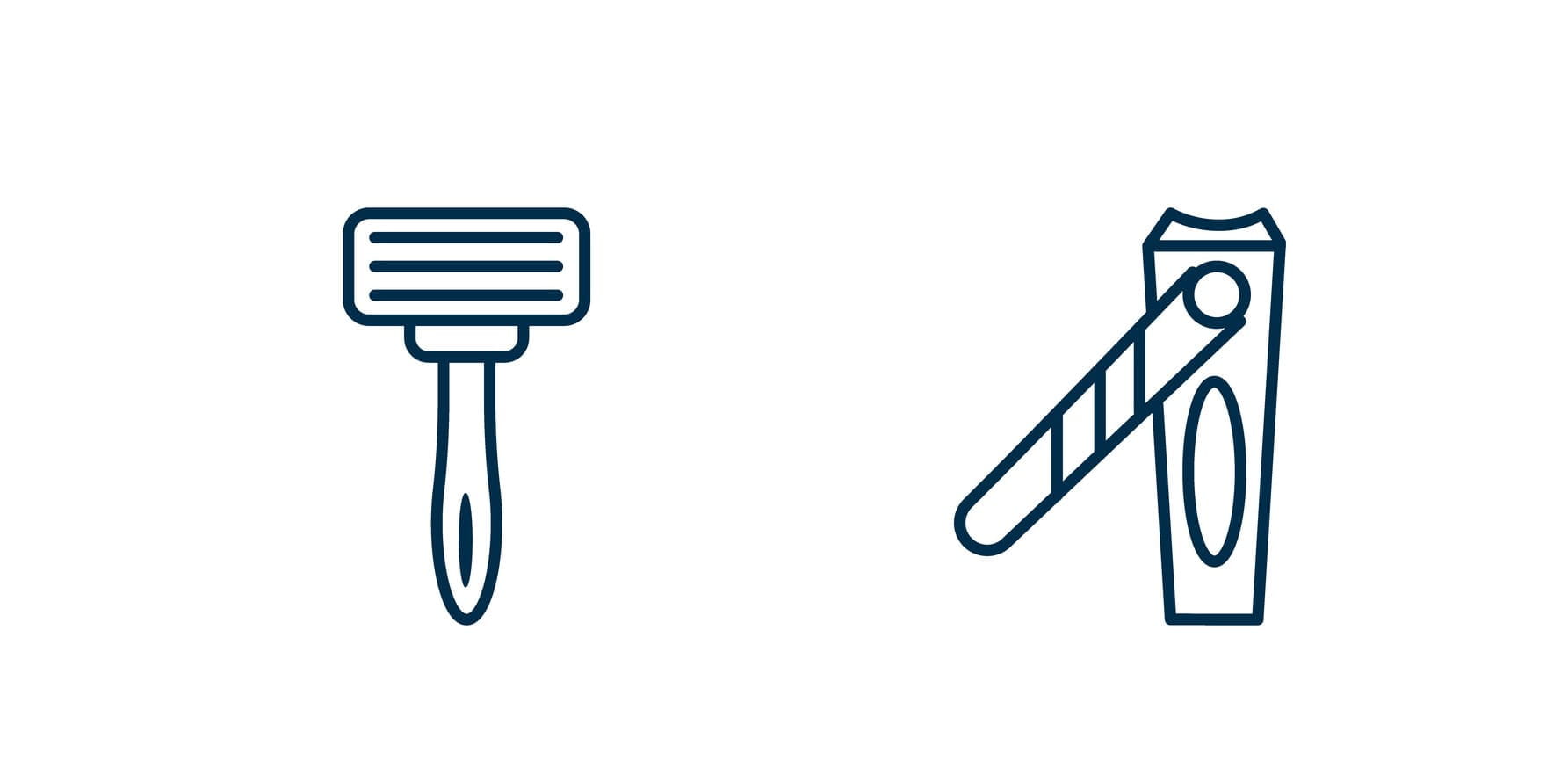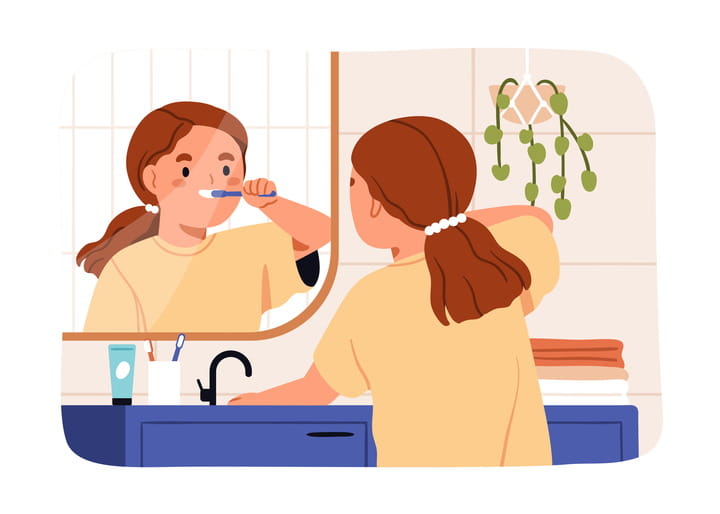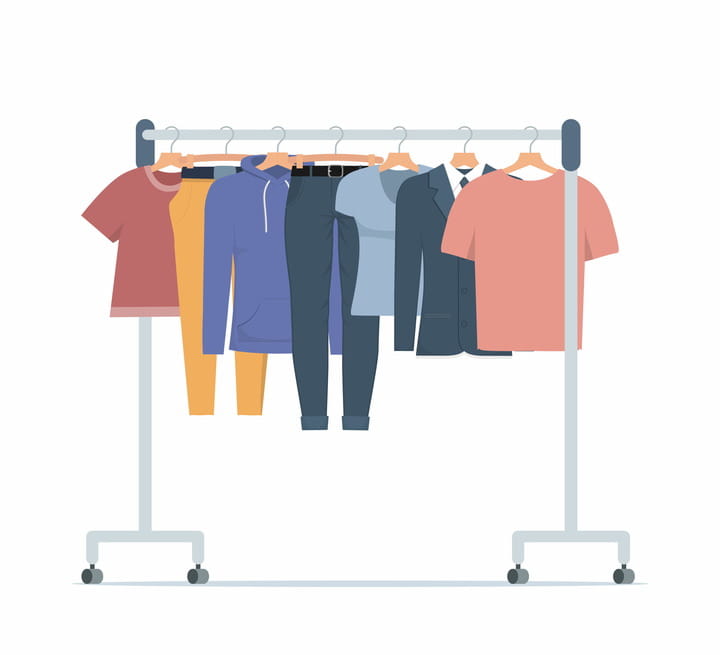Most people need to do a clean-up daily.
You may pick that you prefer to bath or to shower.
You may just wash up at the sink.
Some people take a combo shower and bath.
Check out the links below by clicking the blue buttons.
The first on baths is an 8-minute video.
The second is a 7 1/2-minute video on showers.
They were made by the Autism Connection of Pennsylvania.






